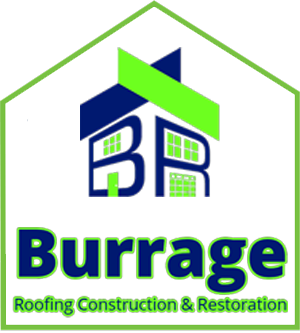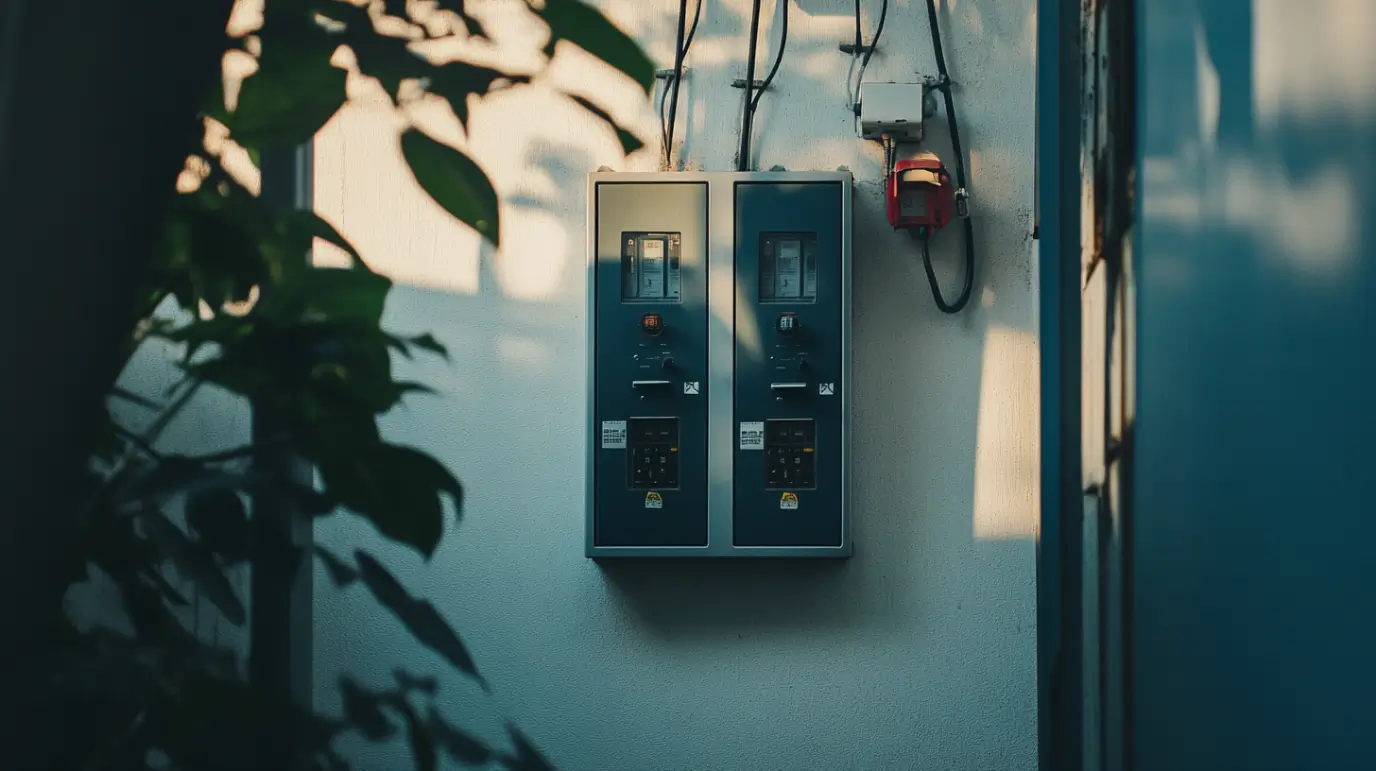In today’s rapidly changing climate, the quest for sustainable living takes center stage. The pursuit of independence aligns closely with creating net-zero homes, which ultimately aim to balance energy consumption with renewable generation. At Burrage Roofing, we understand the critical role that roofing plays in this equation. By leveraging innovative technologies and sustainable practices, our team helps homeowners substantially reduce their overall carbon footprint. This approach not only emphasizes energy savings but also fosters a more comfortable indoor environment. As environmental sustainability becomes increasingly vital, our commitment to quality roofing solutions ensures that each component in net-zero construction is optimized for maximum efficiency in Quad Cities.
Understanding Net-Zero Homes and Energy Independence
The move towards energy independence means more people are living in net-zero homes. These homes make as much energy as they use. They also depend on renewable energy to cut down on carbon emissions and consumption. The link between roofing and independence is important. Good roofing, with advanced insulation and smart design, helps with efficiency. Focusing on how roofing works with energy use supports a more sustainable future. It also makes living spaces better and more comfortable. Using renewable systems in homes is key for reaching a more sustainable future and boosting independence.
Contact Us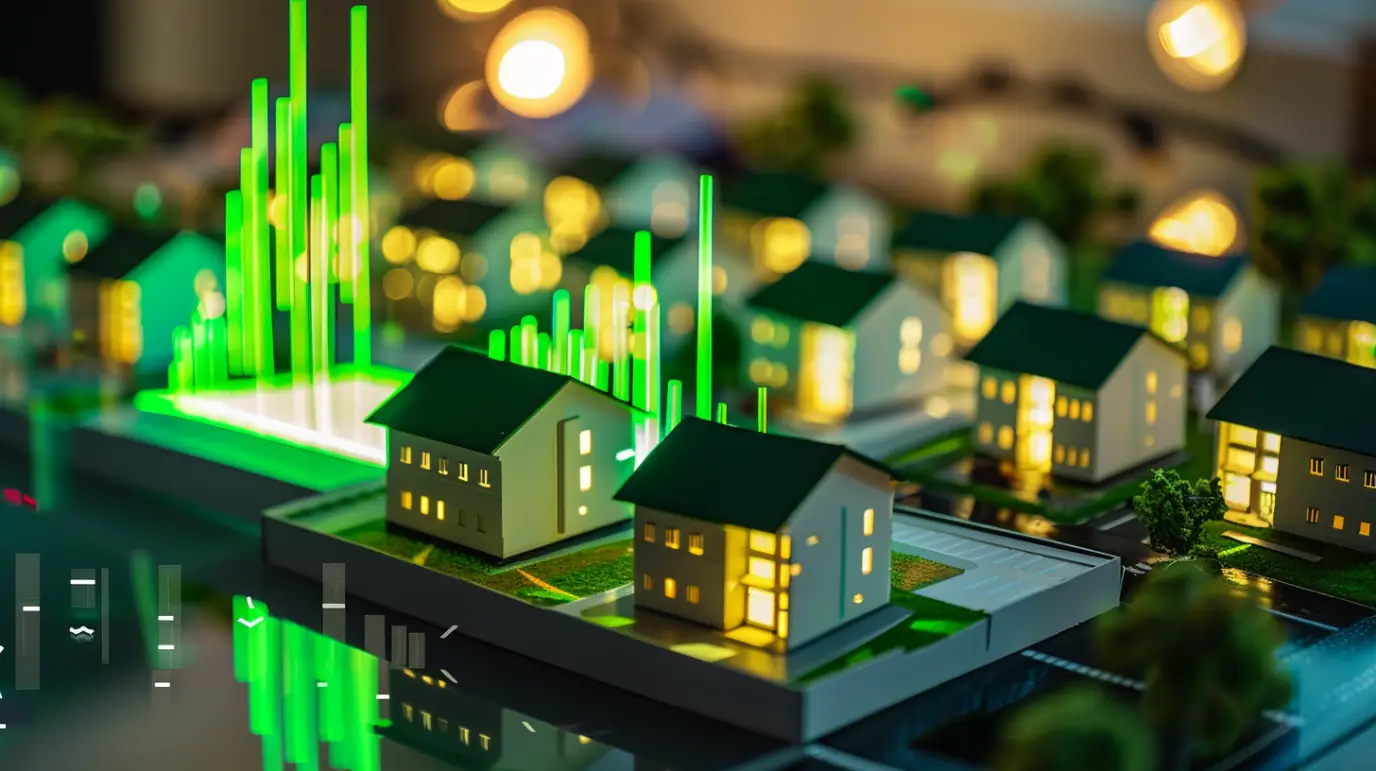
Defining Net-Zero in the U.S. Housing Landscape
Defining net-zero in the U.S. housing landscape involves achieving a balance between consumption and production, ultimately striving for homes that generate as much renewable energy as they consume. This concept champions environmental sustainability by minimizing greenhouse gas emissions and optimizing energy efficiency through advanced insulation and sustainable design practices. As net-zero becomes more prominent, homeowners can benefit from reduced utility costs, increased savings, and government incentives that support the transition to more sustainable future solutions, enhancing overall independence.
The Vital Connection Between Roofing and Energy Independence
Roofing plays a crucial role in achieving independence, acting as the first line of defense against environmental elements. By leveraging sustainable materials and advanced insulation techniques, homeowners can significantly reduce heat transfer, enhancing efficiency. This not only mitigates consumption but also lowers utility costs and diminishes carbon emissions. Moreover, integrating solar roofing solutions enables the generation of renewable energy, empowering residents to produce their own energy and achieve financial benefits while contributing to a more sustainable future.
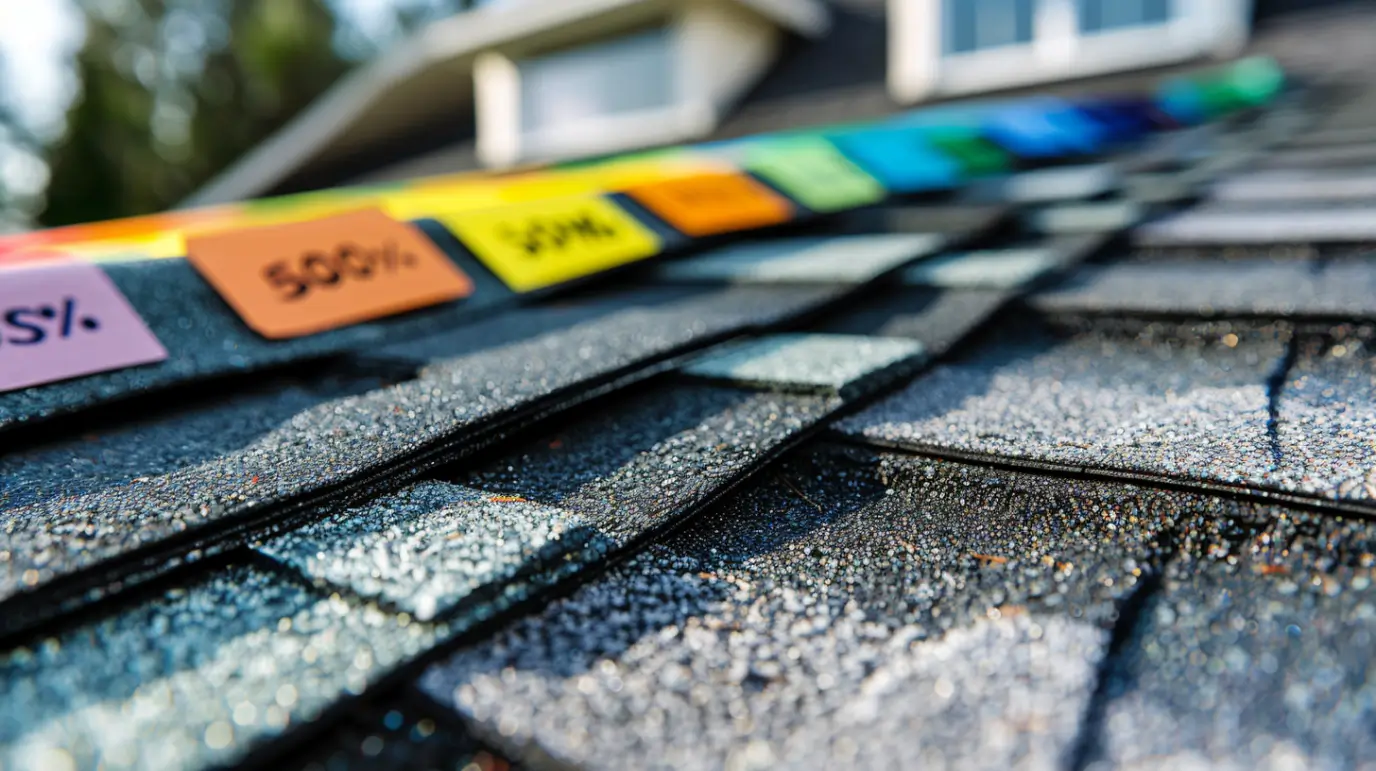
Key Roofing Materials for Net-Zero Energy Performance
Selecting appropriate roofing materials significantly enhances net-zero performance. High-performance shingles, for instance, reduce energy consumption by minimizing heat transfer, thus improving climate control within a home. Additionally, sustainable options like cool roofs reflect more sunlight, lowering cooling costs and providing comfort during extreme weather. Incorporating advanced insulation alongside these materials further supports efficiency, reducing overall carbon footprint and utility bills. Emphasizing renewable systems and environmentally sustainable practices in roofing materials contributes to a more sustainable future for independence.
High-Performance Shingles and Sustainable Options
High-performance shingles are essential for enhancing energy efficiency in net-zero homes. Designed to minimize heat transfer and provide superior insulation, these shingles help maintain a comfortable indoor environment, reducing consumption and utility bills. Sustainable options, often crafted from recycled materials, further mitigate environmental impact while aligning with the principles of environmental sustainability. Investing in high-performance shingles not only leads to savings but also contributes to a more sustainable future, offering long-term financial benefits alongside reduced greenhouse gas emissions.
The Impact of Roof Material Choice on Insulation and Efficiency
Selecting the right roofing material significantly influences insulation performance and overall energy efficiency in net-zero homes. High-performance materials enhance thermal resistance, reduce heat transfer, and contribute to a comfortable indoor environment by minimizing consumption. Choices such as reflective coatings and advanced insulation systems not only reduce utility costs but also limit greenhouse gas emissions. Additionally, sustainable roofing options bolstered by renewable energy solutions enhance independence, allowing homeowners to tap into cost savings while promoting a more sustainable future.
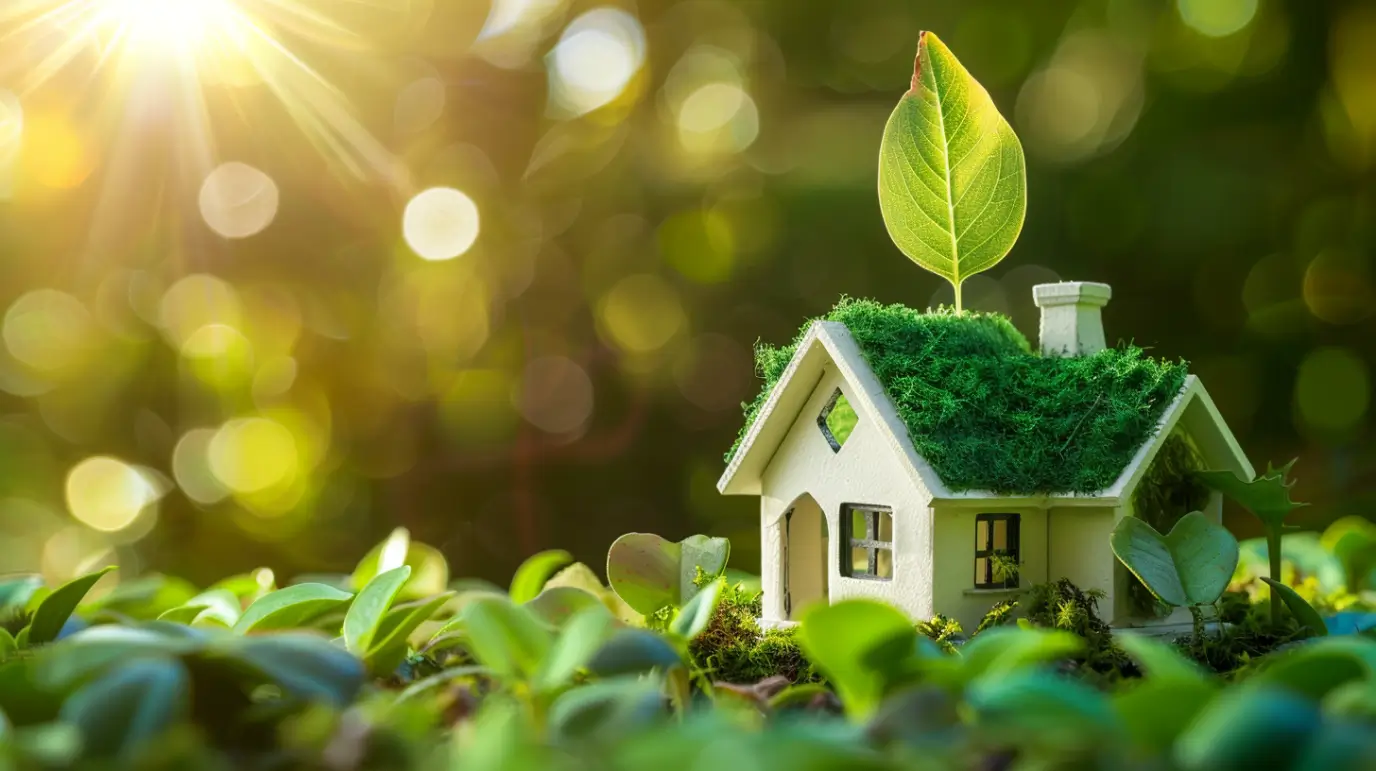
Solar Roofing Technologies for Net-Zero Homes
Incorporating solar roofing technologies is paramount for achieving net-zero performance in homes. Options such as solar shingles and traditional solar panels harness renewable energy from sunlight, significantly reducing reliance on fossil fuels. By optimizing generation, these systems contribute to independence and enhance environmental sustainability, leading to reduced greenhouse gas emissions and lower utility costs. Additionally, advancements in solar battery storage allow for the management of excess energy, maximizing savings and ensuring a comfortable indoor environment even during extreme weather events.
Comparing Solar Panels and Solar Shingles
Analyzing solar panels versus solar shingles reveals distinct advantages for homeowners seeking energy independence. Traditional solar panels, mounted on roofs, often yield significant energy production; however, solar shingles offer a more integrated aesthetic, seamlessly blending into the roofing structure. Both options contribute to reducing greenhouse gas emissions and increasing savings. Selecting between them ultimately hinges on personal preference, budget considerations, and the desire for a comfortable indoor environment while achieving a more sustainable future through renewable systems.
Integrating Photovoltaics with Traditional Roofing Systems
Blending photovoltaics with regular roofing systems can increase production and improve energy efficiency in a net-zero home. It lets homeowners use renewable energy with solar panels without losing the look of the roof. When you put solar panels together with high-performance roofing materials, you get a chance to save more on your utility bills. This setup also helps support sustainable practices. It cuts down the use of fossil fuels and lowers greenhouse gas emissions. All these steps add up to a more sustainable future and a greener world for us.
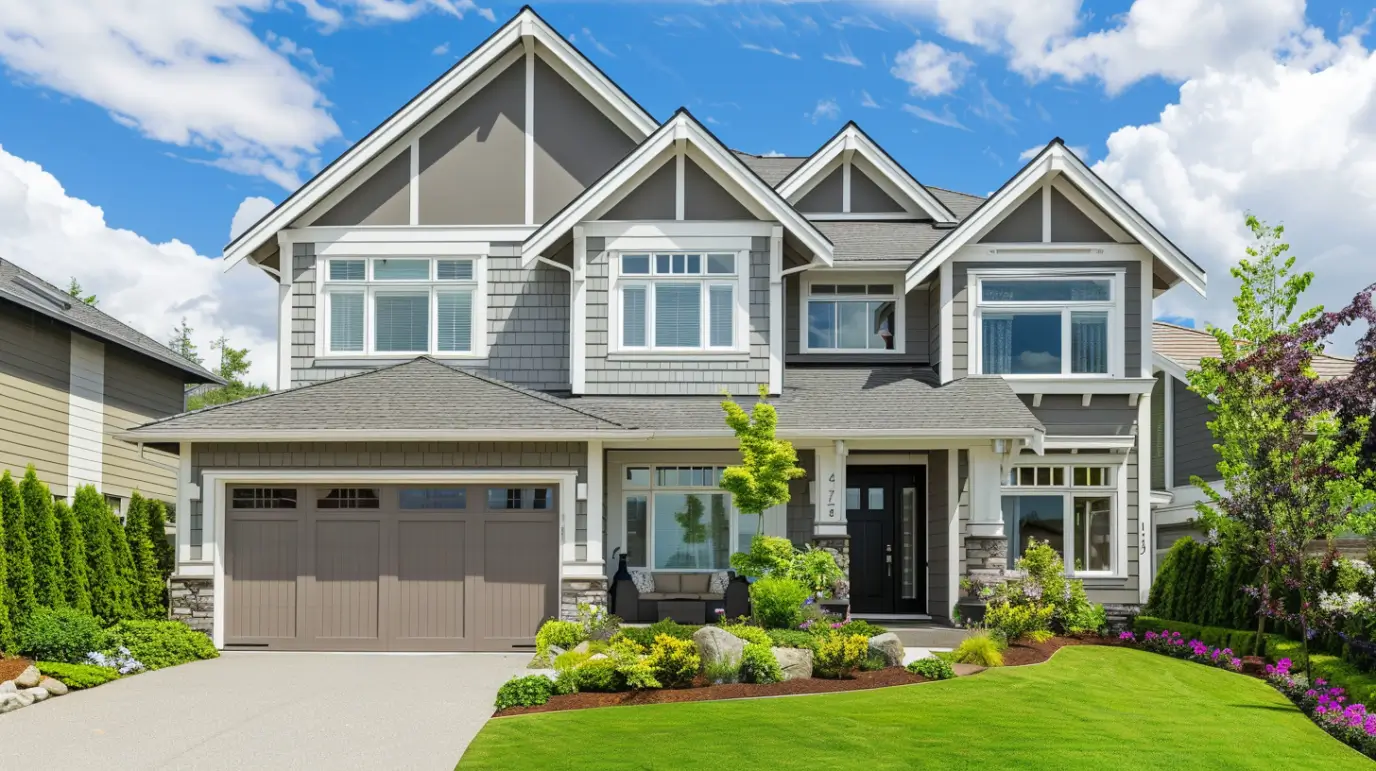
Maximizing Energy Efficiency Through Roof Design
Effective roof design is integral to achieving efficiency in net-zero homes. Optimizing roof orientation and slope not only enhances solar gain but also minimizes heat transfer, reducing energy consumption for heating and cooling. Incorporating advanced insulation techniques further bolsters this efficiency, mitigating heat loss during colder months. By implementing sustainable practices in roof design, homeowners can significantly lower utility costs, improve indoor air quality, and contribute to a more sustainable future, all while enhancing overall security and independence.
Optimizing Roof Orientation and Slope for Solar Gain
Selecting the optimal roof orientation and slope is essential to maximize solar gain, thus enhancing production in net-zero homes. An ideal roof angle allows for increased sunlight exposure, facilitating the efficiency of solar panels and shingles. This strategic alignment not only promotes renewable generation but also contributes to minimizing overall energy consumption and reducing utility bills. By harnessing natural resources effectively, homeowners can achieve greater independence and enjoy long-term financial benefits while supporting a more sustainable future.
The Role of Advanced Roof Insulation in Net-Zero Construction
Advanced roof insulation serves as a critical component in achieving net-zero construction by minimizing heat transfer and enhancing overall energy efficiency. This improvement directly contributes to a comfortable indoor environment while reducing energy consumption and costs. Utilizing materials designed for superior insulation properties ensures homes effectively retain heat during colder months and maintain coolness in summer. As a result, homeowners can significantly lower their greenhouse gas emissions and reliance on fossil fuels, paving the way toward a more sustainable future and energy independence.
Get in Touch
In conclusion, the journey towards embracing net-zero homes intricately weaves together energy independence and sustainability. By adopting innovative roofing technologies and materials, homeowners can significantly reduce energy consumption while enhancing their environmental impact. The synergy of efficient roof design and renewable energy systems lays the foundation for a more sustainable future, offering numerous financial benefits and security from rising energy costs. As communities move toward this goal, individual contributions play a crucial role in fostering environmental sustainability and combatting climate change. Our commitment to excellence is further demonstrated through our accolades as an IKO Craftsman Premier Installer and BBB Accredited Business, along with our partnerships with SRS Supplier and ABC Supply.
Frequently Asked Questions
Are there incentives or rebates available for installing energy-efficient roofing in Illinois and Iowa?
Yes, both Illinois and Iowa have many ways you can save money when you choose energy-efficient roofing. If you are a homeowner, you can get help from some state programs. There are also federal tax credits and rebates from local utility companies. These options are here so people can make their homes work better and use renewable energy. Do some research about what is out there in your area. This can help you get the most savings for your roof.
What makes a roof energy efficient?
An energy-efficient roof uses good insulation, reflective surfaces, and smart design. These things help to lower heat transfer. The roof needs less energy, so it helps control energy consumption. Good airflow and strong materials also make the roof work better.
Read our blog: Visual Signs of Roof Aging: When to Act
